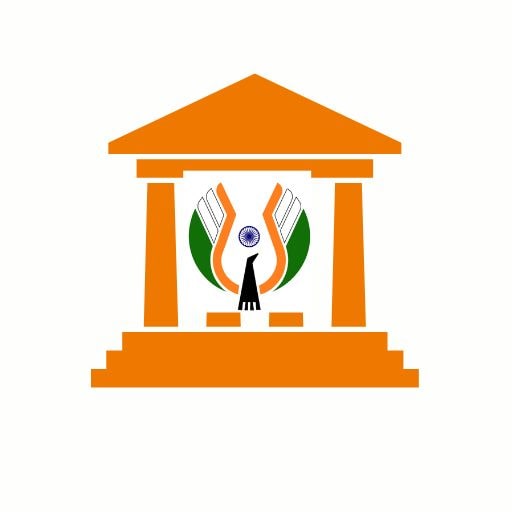US Spy Chief Password Breach 2025: A significant breach in cybersecurity involving US Tulsi Gabbard, the director of national intelligence, has raised questions about senior officials’ digital hygiene. Gabbard made over €177,000 (₹1.58 crore) a year, but she made a mistake by using the same password on Gmail, Dropbox, LinkedIn, and other sites.
Public trust in the US’s ability to protect its digital systems has been eroded by a cybersecurity incident involving one of the country’s top intelligence officials. Even individuals with high levels of responsibility and access to classified information can be vulnerable to basic cybersecurity flaws, as demonstrated by the breach, which involved a number of passwords that were leaked. As the U.S. S. Although the government has long been at the forefront of protecting against online threats, this incident shows how difficult it can be to maintain security even at the highest levels.
Concerns about national security are raised by leaked passwords
The hack has its roots in previous cyberattacks that occurred between 2012 and 2019 and whose compromised data came to light again this year. The fact that Gabbard used the same passwords on several platforms was discovered by analysts to be a warning sign in cybersecurity, particularly for someone with access to classified intelligence. The fact that the exposure happened while she was serving on congressional committees with access to classified information raises even more concerns, even though she later changed the compromised credentials.
The incident revolves around Tulsi Gabbard, who was appointed the United States’ Director of National Intelligence (DNI) in 2025. When a set of passwords that had been compromised in security breaches between 2012 and 2019 appeared online, it became apparent that she was involved in the breach.
Gabbard had used these passwords for a number of services, including well-known websites like LinkedIn, Dropbox, and Gmail. The information was made public as part of a larger collection of data from numerous previous cyberattacks, even though the breach happened years ago.
Despite reports that Gabbard changed her passwords following the leak, the incident still raises serious questions. She was found to have reused passwords on several platforms, which is something that cybersecurity experts have long advised against. Given Gabbard’s position, where even a minor digital error could have disastrous repercussions, this error—which is typical of internet users—was especially egregious.
$1064 Centrelink Payment for June 2025: Check Eligibility & Application Process
Canada Open Work Permit July 2025: Check New Rules, Eligibility, Application and Benefits
Old Error, New Danger
Even though the credentials that were leaked weren’t the most widely used ones, like “123456,” security researchers thought they were weak by today’s standards. Reusing passwords is a serious weakness, according to cybersecurity experts, since it enables hackers to access numerous services using a single compromised account.
This oversight came from someone in charge of CIA, NSA, and other U.S. Intelligence services highlight how even seasoned leaders can make mistakes when it comes to basic digital security measures.
Reusing passwords in high-risk roles can be dangerous
Reusing passwords is regarded as a serious error in the field of cybersecurity. Every platform that houses private or business data offers hackers a possible entry point. Reusing a password across several services essentially gives hackers access to more than one avenue once they manage to compromise any one of them. Even though the passwords that were leaked from Gabbard’s accounts weren’t the most common or fundamental ones, like “123456” or “password,” they were still regarded as weak by today’s standards.
The fact that Gabbard has access to extremely sensitive national security data in her capacity as DNI is what makes this breach particularly concerning. As TechSpot notes, the compromised accounts were active during her time on congressional committees, giving her access to classified material. The possible risk cannot be understated, even though there is no concrete proof that private data was compromised. If the right accounts had been targeted, the disclosure of such passwords might have given attackers a direct path to far more important information.
What was accessible to the hackers?
The risk is substantial even though there is no concrete proof that Gabbard’s classified documents were accessed. Any compromise during her tenure in Congress might have given threat actors the opportunity to shift their focus to more vulnerable systems, as the compromised platforms had been operational during that time.
Large-scale breaches, such as those at MyFitnessPal and LinkedIn, which exposed the credentials of millions of people worldwide—some of which are still being used by hackers today—were the source of the reused passwords.
$3000 OAS Pension Increase in 2025 – Check Eligibility Criteria Date And Payment
$697 Direct Deposit Checks for All: Are You Eligible and When You’ll Get Paid?
Stronger security is urgently needed
Calls for more stringent cybersecurity guidelines for public servants have been rekindled by the incident. Experts recommend: .
- Strong, unique passwords per platform
- Multi-factor authentication (2FA) is required.
- Passkey adoption (biometric or PIN-based logins).
- To avoid reuse, use password managers.
- Officials receive regular training on cyber hygiene.
The effectiveness of the credential-stuffing attacks that brought down Gabbard’s accounts could be significantly decreased by tools like passkeys, which are being promoted by Google, Microsoft, and Apple.


